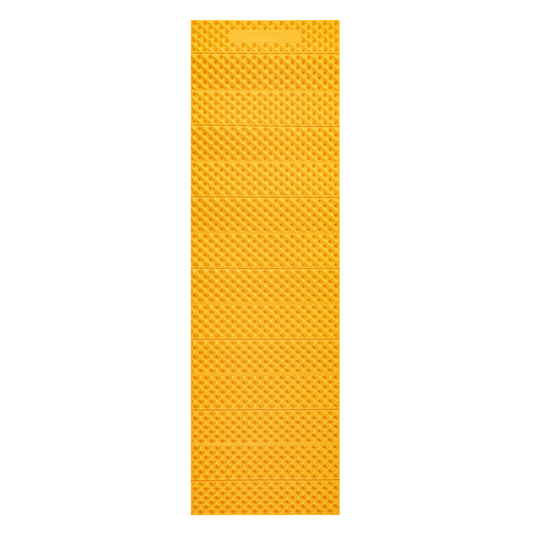
Outdoor activities that would normally require you to carry more than what you can store in your pockets will need a daypack. Daypacks may appear similar in appearance; however, each pack contains purpose-built features. When figuring out which daypack is right for you, consider these conditions:
- Activity: What you’ll be using the daypack for will determine a lot on what daypack you’ll need.
- Size: The size of the daypack will depend on how much you plan to carry.
- Features: Often include frame type, pockets, straps, and materials which will contribute to comfort and convenience for your activity.
- Fit: When it comes to fit, the daypack's comfort, torso length, and hip size are key factors.
Choosing your Daypack by Activity
The most turnkey way in narrowing your search for a daypack is figuring out what it’s for. Some popular activities that daypacks are built for include:
- Hiking: Bags that are built for hiking usually all come with water bottle pockets and hydration reservoirs. There are also multiple torso and suspension designs to fit your body.
- Climbing: When selecting a bag for climbing, consider specialized features like gear loops, crampon patches, and daisy chains. Most climbing bags can also be used for backcountry snowsports because of their padded back and framesheet which helps to center the weight around your hips.
- Running: Consist of small bags that assist with carrying smaller essentials and water bottles. Waistpacks, water-bottle packs, or running vests are good choices as they are built to prevent shuffling.
- Biking: Cycling packs are typically light and stable with low-profile waistbelts that won’t interfere with pedaling. Mountain biking packs are run larger for accommodating gear, parts, and clothing.
- Snowsports: Ranges from small to large packs. Larger packs feature places to attach your skis, snowboard, snowshoes, and snow shovels. The places where gear are attached are normally reinforced with stronger fabrics to prevent damage.
- Backpacking: Will depend on the length of your trip and your load. Most backpacking packs have a hipbelt with an internal frame for heavier loads and padded backing for comfort.
Capacity
Depending on the length of the activity, from full days to week-long trips in the backcountry, volume is important quality to look for. Capacities will vary, but when thinking about what size you need, consider what you plan to carry. Ask yourself, “will this provide enough space for the length of your trip? And will this fit all my gear?”
Pack capacity is normally measured by liters carried, here are some considerations when choosing size:
- 10 liters: Most of these packs are built for short activities like running, road cycling, or hiking. It should normally have room for a handful of essentials like single serving snacks, 1-2 pieces of clothing, and small items like keys, headlamp, sunglasses, etc.
- 20 liters: Are built for hiking, mountain biking, or snowsports. Features often include specialized places for storage and extra pockets for easy access.
- 30-35 liters: This size is usually the most popular for hiking and travel. The pack provides ample space for food, clothing, and extra necessities like a camera.
- 36-45 liters: These packs are ideal for extended trips that require extra clothing or gear. Most parents would opt for the larger packs to also carry their children’s clothing and gear. These packs can also act as a crossover for overnight backpacking trips if compact and ultralight gear is invested.
Fit
Choosing the right fit for your pack should can be determined effectively from your torso length and hips. It’s best to go to the store to try on the different packs for size and comfort. If you do not have access to a store near you, figuring out your torso length is most practical in narrowing your choices.
Torso
To measure your torso length:
- Stand up straight and tilt your head forward.
- Place your hands on your hips.
- With a measuring tape or ruler, measure from the pointy bone at the neck down to the spine to where your hands meet your hips.
Most packs should come with adjustable torso and hip lengths, but keep in mind this varies from manufacturer and brand.
When trying packs on, your hipbelt should be positioned about 1 finger width above your side pelvic bone. The shoulder straps should sit flushed on your back and shoulders. If there is a gap at the top of your shoulders, the pack might be too long for your torso. If the straps hang more than 2 inches from your shoulders, the pack is likely too short.
Waist Size
Packs with hipbelts normally come in adjustable size ranges from 20 to 40 inches. When trying the packs on, the hipbelt should sit 1 finger width above your hips.
Women-sized backpacks
Many brands have women’s sized packs which offer shorter torso dimensions than men sizes. Hipbelts and shoulder straps are also shaped to accommodate the female body. Due to the smaller size ranges, women packs can also fit well for young hikers and children.



